In almost every authentic Tuscan garden one can find an ancient Mulberry (or ‘Gelso‘ or ‘Moro’) tree, with a large canopy and very thick, gnarled trunk. This curious tree can grow for eighty to a hundred years or more and in Tuscany the mulberry’s large canopy is always pruned drastically every year to promote the growth of proliferate, green leaves. These leaves would then have been sold to the silk industry to provide food for the voracious silk-worm, in order to satisfy the huge demand for high quality silk in the 18th and 19th Centuries.
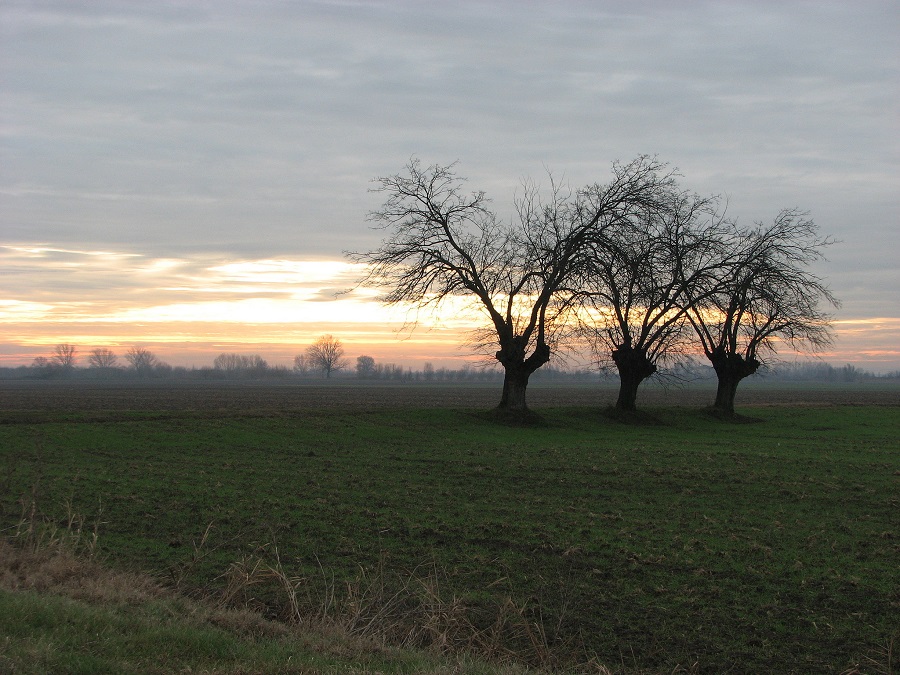 Gelsi, Mulberry Trees. Ph. flickr/g.bonora
Gelsi, Mulberry Trees. Ph. flickr/g.bonora
In a poverty stricken, colonial society, like that of Tuscany in the 18 hundreds, the mulberry leaves provided the only source of real income to the peasant farmer, as it provided an instant cash crop.
A native of Asia, the mulberry can grow to around 15m or more and it can survive in the poorest and driest of soils, making it ideal for the Italian countryside. There are still small pockets of land in Sicily that still farm the tree on a small scale. The small black fruits of the mulberry, produced en masse in late summer resemble blackberrys (Mori) and give the tree one of its common names il Moro, are very sweet and can be used to flavour ice-creams and as a colorant for other deserts.
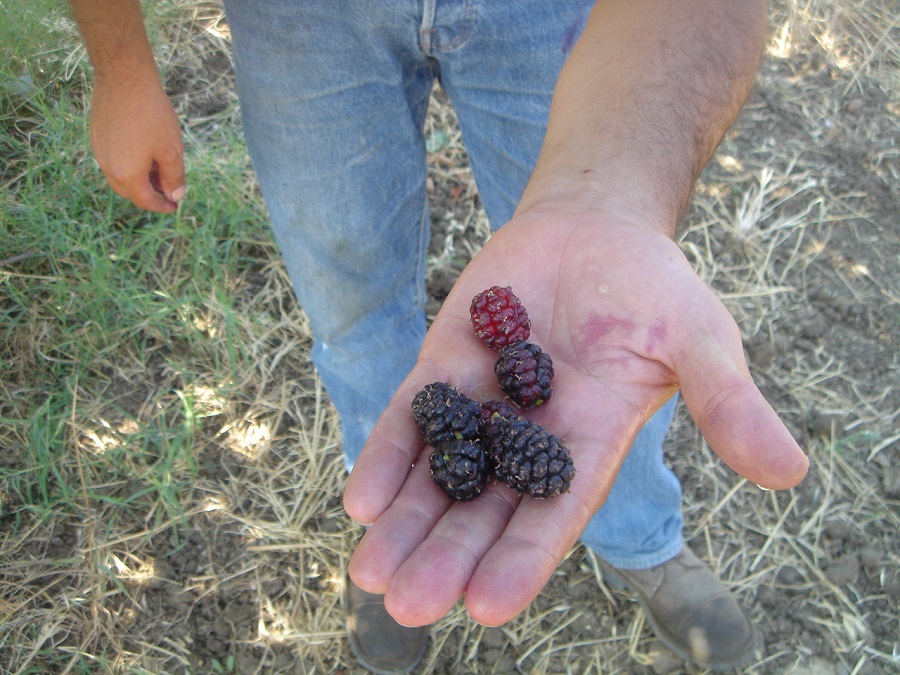 More, Fruits of the Mulberry Tree. Ph. flickr/Hans Suter
More, Fruits of the Mulberry Tree. Ph. flickr/Hans Suter
From a garden design perspective, the mulberry tree offers a very symbolic, socio-political statement, as it stands as a testament to the resistance of the Italian farmers against the aristocracy in a very difficult and harsh Colonial social system. It also provides great shade and spectacular autumn colours.
The fruit of the white mulberry have a deep red colour and in Greek legend the berries of the white mulberry adopted their deep red colour when its roots were bathed by the blood of the lovers Pyramis and Thisbe, who killed themselves together.
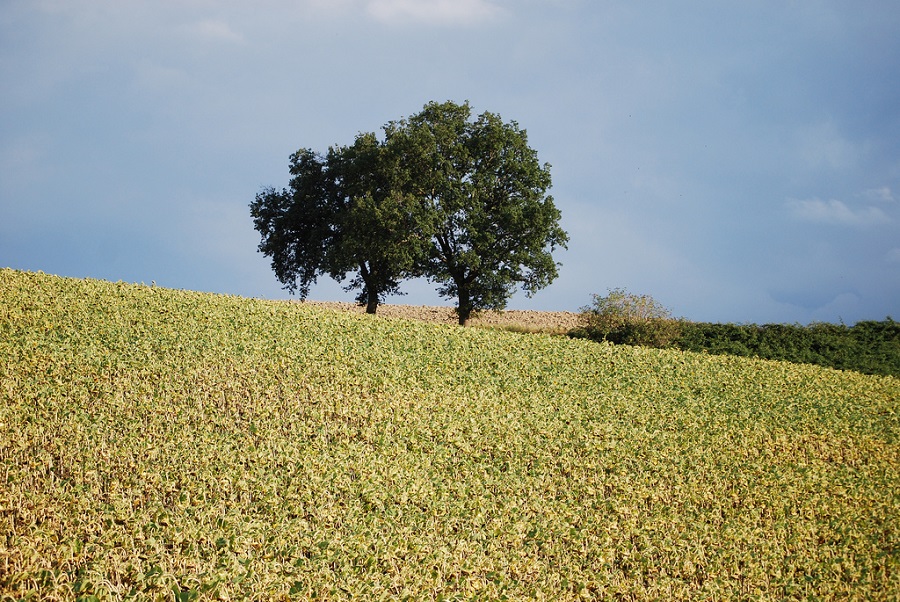 Gelsi, Mulberry Trees, in Summer. Ph. flickr/Rijk Willemse
Gelsi, Mulberry Trees, in Summer. Ph. flickr/Rijk WillemseFor a traditional effect the mulberry tree requires hard pruning back to the trunk during the winter in order to reduce its canopy to a minimum, however the tree is just as beautiful when left to reach its natural size.
By Jonathan Radford











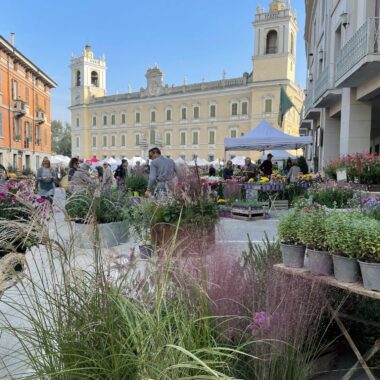


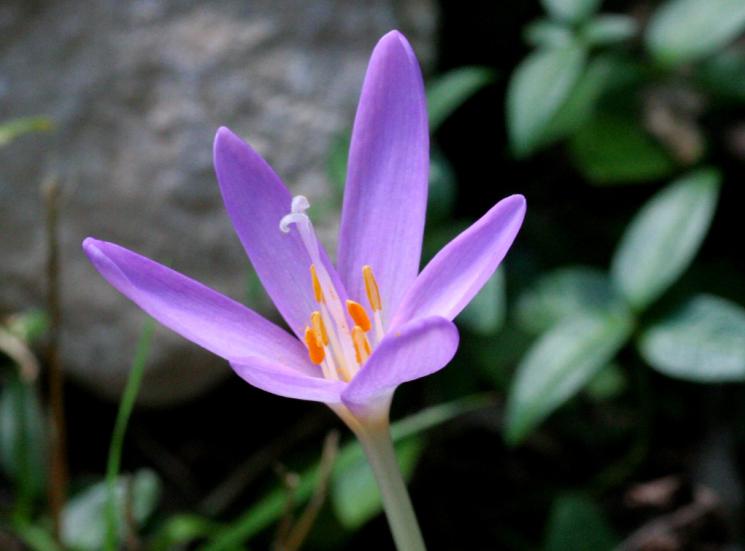

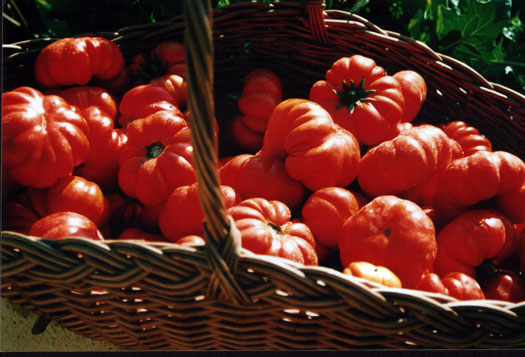

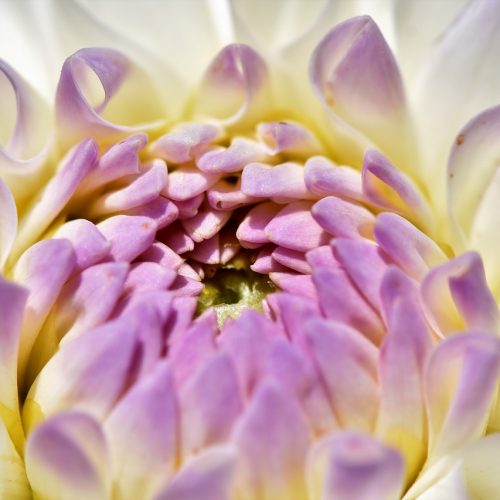

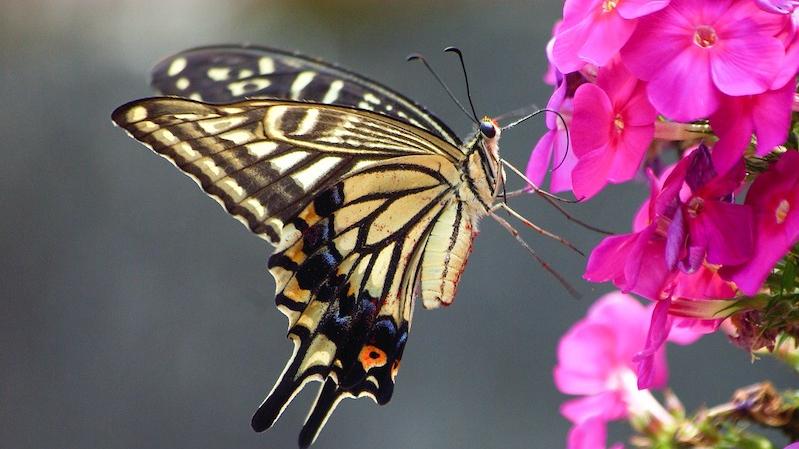

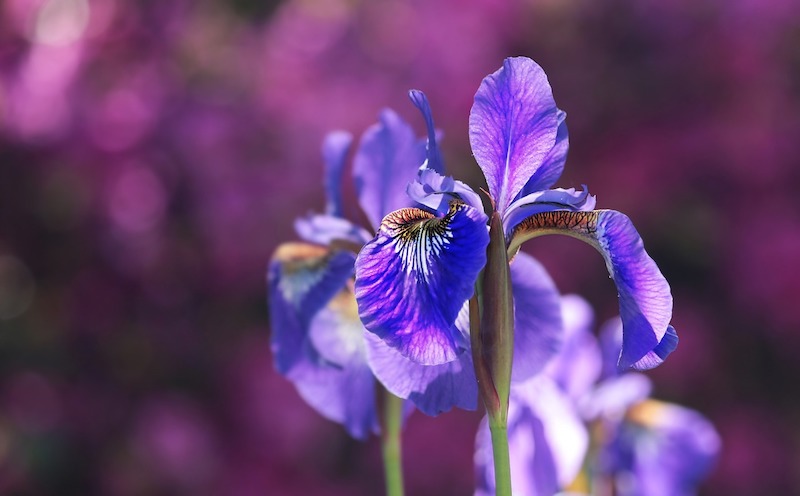
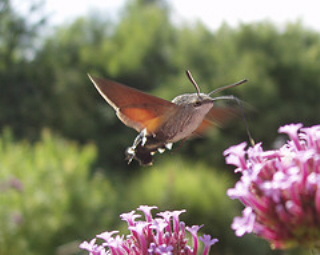

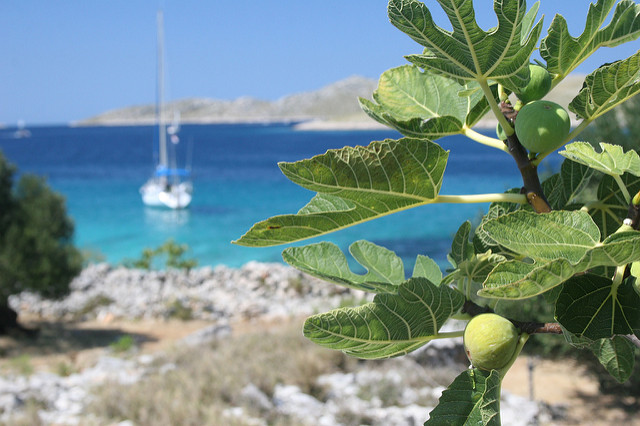
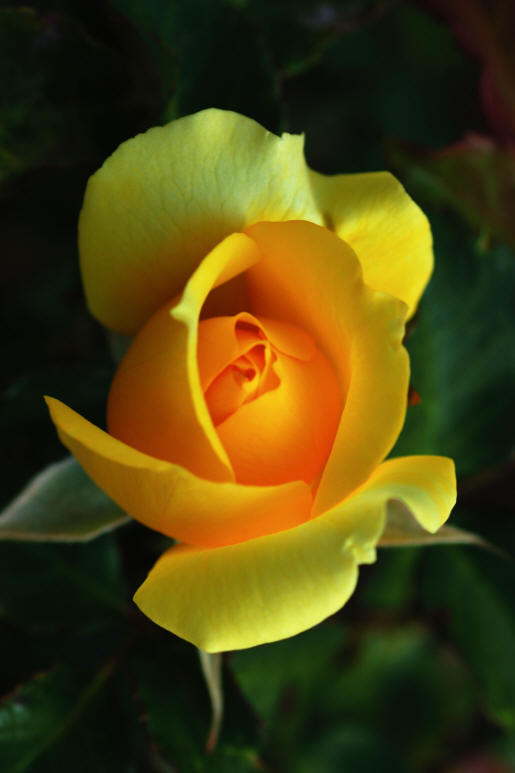
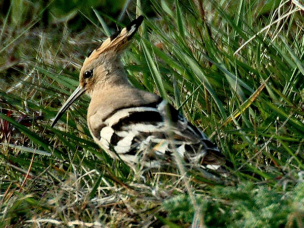
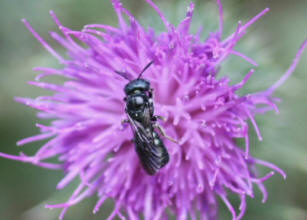








My uncle Mike, Told me that mulberry trees were brought to America by Italian immigrants at the turn of the century because of their delicious fruit and medicinal properties. The leaves and roots are used to manage some health conditions. The tree was also found along the east coast of America and was used by Indians probably for the same reasons mentioned above. Also in Asia and Rome the leaves are used to feed Silk Worms. The best part about the tree is the
Delicious fruit.
Hello Jeremy! I can’t find anything on the web. Have you consulted a local gardner that can actually see the tree? You might get the best advice.
Hi Katty, many thanks for the advice. Wow, that treatment sounds quite drastic! Can you (or your boyfriend) point me towards any references which support the advice. I apologise if that might sound rather ungrateful, but the gelso is the nicest plant in the garden and I want to be sure! Thanks again
Hello Jeremy!
My boyfriend is a gardner and he told me this is quite a common problem with Mulberry trees.
You should take a chainsaw and make 4 holes at the bottom and the middle of the trunk, entering with the point of the chainsaw and exiting on the other side, and the same at about 45°, like if you were making a cross. So these holes (8 in total) let the air go through the trunk.
Then you should pump copper sulphate into the trunk (from the top of the trunk) every 15 days until next Spring.
Hope this is clear and helps!
I have a beautiful, very old, very large, pruned Mulberry tree at my new house in Umbria. However, the main trunk (approx 75 cm diameter) is very hollow and I’m able to put my hand up and inside, and pull out a lot of rot. Grateful any advice on correct treatment.